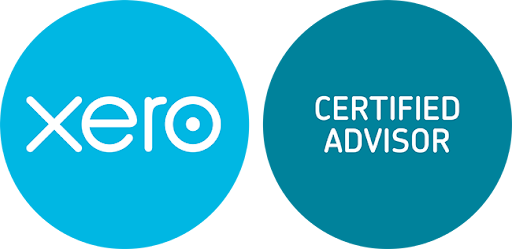Trust has always been the quiet force behind professional services. It sits beneath every engagement, every conversation, and every decision. In years past, trust was something deeply personal — built through enduring relationships between partners and clients, and earned over time through reputation, competence, and integrity.
But the world has changed. So too has the way trust is built and maintained.
Today, confidence isn’t vested solely in individuals. It also resides in the systems, structures, and digital frameworks that underpin how services are delivered. That shift isn’t superficial. It’s a structural redefinition of how trust operates in modern business.
From people to infrastructure
Not long ago, when a client handed over sensitive information, their trust began and ended with a single partner or advisor. Today, it extends much further — to cloud platforms, cybersecurity protocols, digital audit trails, and governance frameworks.
Their confidence now depends on more than your handshake. It relies on encryption, secure access controls, and robust operational resilience.
This evolution from purely relational trust to systemic trust is one of the most profound shifts facing professional firms. Trust isn’t simply earned through character anymore — it’s engineered, maintained, and verifiable.
Technology: both a multiplier and a mirror
When technology works well, it acts as a trust accelerator. It creates transparency, speeds up delivery, and strengthens confidence. Secure client portals, automated reporting, and real-time insights all send a powerful message: you can rely on us.
But technology can just as easily become a mirror — and a brutal one. A single outage, data breach, or weak governance point can undo years of credibility in an instant.
This is why clients now assess firms not just by their people, but by the strength, security, and ethics of their systems.
Ethics in a digital landscape
As trust becomes increasingly tied to systems, the ethical obligations of professionals deepen. Traditional standards such as APES 110 Code of Ethics for Professional Accountants remain central, but the digital environment adds new layers of responsibility.
- How we collect, store, and transmit information is an ethical question, not just an IT one.
- Decisions about automation and AI require transparency and sound professional judgement.
- Ethical leadership now demands digital literacy — understanding not just the data, but the infrastructure behind it.
In this new reality, ethics isn’t a footnote. It’s the architecture on which trust stands.
Building trust with intent
Firms that will thrive in the next decade won’t leave trust to chance. They will design for it.
That means:
- Strong digital governance — secure systems, clear data ownership, and reliable controls.
- Transparent communication — ensuring clients understand how their information is handled and why it matters.
- Human connection — because technology can support trust, but it can’t replace the relationships that anchor it.
- Foresight — anticipating risks before they become reputational damage.
At UHY Haines Norton Brisbane, this integrated approach is embedded into how we operate: combining personal integrity, rigorous governance, and technology that strengthens — not substitutes — human trust.
A dual foundation: people + systems
Trust is no longer a single pillar resting on reputation alone. It now sits on two interdependent foundations:
Trust = Human Integrity + Digital Reliability
This reality is reshaping how firms compete, how they are perceived, and how client relationships are sustained over the long term. A trusted advisor today must be as digitally fluent as they are technically capable and ethically grounded.
The new trust contract
Trust has always been an asset. But in today’s world, it is also a strategic differentiator. Professional firms must now think deliberately about how trust is constructed, measured, and protected.
Those who get it right will not just retain their clients’ confidence — they will set the standard for what trust looks like in the modern professional landscape.







